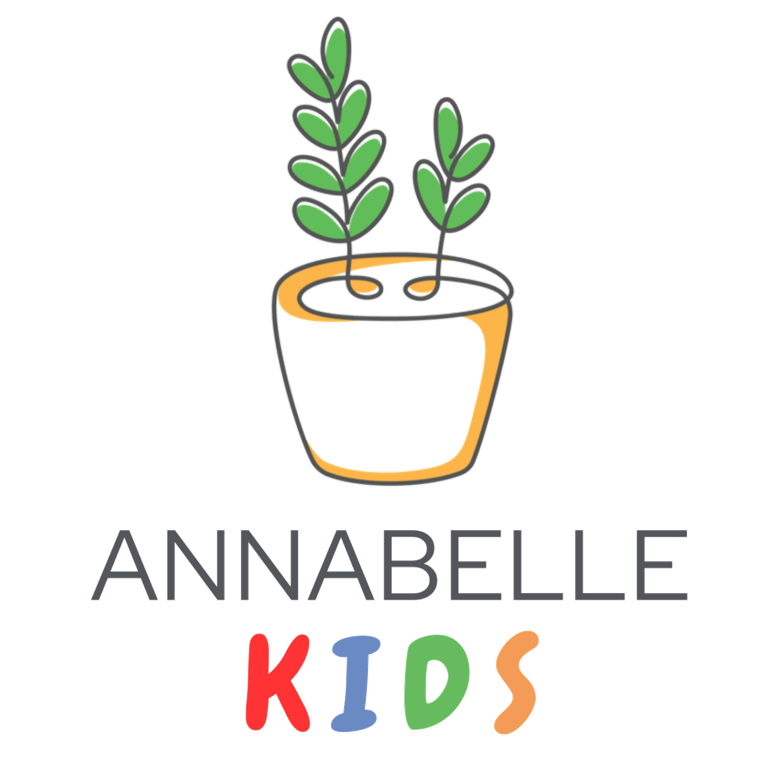Feeding Disorders
Dysphagia
Gently place your hand on your throat and swallow. Do you feel those muscles along your oesophagus contracting and relaxing as you swallow? Most of the time, we don’t even notice when we’re swallowing as it is practically an automatic part of daily life, but the swallowing process actually takes approximately 50 pairs of muscles and 6 cranial nerves working in tandem! If anything goes wrong, it may lead to a disorder known as dysphagia (duhs-fay-jee-uh).
What is Dysphagia?
In layman terms, dysphagia is a swallowing and feeding disorder that occurs when a child has difficulty swallowing either foods or liquids (including saliva), or both.
In severe cases, some children with dysphagia cannot swallow at all. This can occur in any phase of the swallowing process.
Generally, signs of dysphagia include:
Ψ Coughing or choking when eating, drinking, or swallowing saliva
Ψ Regurgitating food, at times through the nose
Ψ Feeling as though food is stuck in your throat or chest
Ψ Persistent drooling
Ψ Difficulty or inability to properly chew food
Ψ Gurgling noises when eating or drinking
Other accompanying signs of dysphagia also differ slightly depending on the age of the child.
What causes Dysphagia?
As swallowing is a complex process, there are many reasons why dysphagia can develop. It can be caused by the following:
Ψ Neurological problems (e.g., a stroke)
Ψ Developmental conditions (e.g., learning disabilities, cerebral palsy)
Ψ Obstructions in the throat or oesophagus
Ψ Complex medical conditions (e.g., gastroesophageal reflux disease (GERD), heart disease)
Why is early intervention important?
Common problems related to dysphagia is coughing or choking when food or liquids go down the wrong pipe and irritates or blocks a child’s airway. Without appropriate intervention, this can lead to repeated chest infections over time.
Additionally, due to a fear of choking, some children may avoid eating and drinking, which leads to weight loss, a lack of essential nutrients for physical and mental development, and malnutrition and dehydration in severe cases. This also affect a child’s quality of life as it prevents them from enjoying meals and social occasions. Behavioural problems may also arise as these children find mealtimes stressful.
The sooner a child receives the necessary support, the better their prognosis and outcome. With the support of a speech and language therapist, the SLT will help the child capitalize on strengths and address weaknesses regarding feeding, facilitate participation in various activities, and promote a meaningful and functional mealtime experience for children and their families.
How is Dysphagia diagnosed?
Here at Annabelle Kids, dysphagia is typically diagnosed by our experienced speech and language therapist (SLT) who will conduct a swallow test. A swallow test provides a good initial assessment of a child’s swallowing abilities.
It may sound scary but fret not, a swallow test is simple and painless! The speech and language therapist will first ask the child to swallow some water. While swallowing, the SLT will record the amount of time taken to drink the water and the number of swallows required. Next is the food segment of the swallow test. The child will be asked to chew and swallow a soft piece of pudding or fruit. This allows the SLT to assess so how well the child’s lips, tongue and the muscles in their throat work.
How is Dysphagia addressed?
Intervention selection will depend on the child's age, cognitive and physical abilities, and specific swallowing and feeding problems. Dysphagia can often be improved with careful management, including speech and language therapy, psychotherapy to assist with behavioural and social difficulties, and medication or surgery if needed.
Speech Therapy
A speech and language therapist is the first line of intervention. The SLT will support a child and their caregivers in the following ways:
Ψ Determining the optimum feeding methods and techniques to maximize swallowing safety and feeding efficiency.
Ψ Teaching a child special swallowing exercises and positioning techniques to protect the airway and ensure safer transit of food and liquid.
Ψ Educating parents on how to adjust the type of food the child eats to ensure adequate nutrition and hydration.
Ψ Collaborating with the family to incorporate dietary preferences
Ψ Helping the child attain age-appropriate eating skills in the most normal setting and manner possible (e.g., eating meals with classmates in school and with the family at home)
Behavioural interventions may also be carried out to increase the occurrence of appropriate actions or behaviours – including increasing compliance - and reduce maladaptive behaviours, as well as to implement basic mealtime principles, such as scheduled mealtimes in a neutral atmosphere with no food rewards.
Reach out to our speech and language therapists for support with assessment, diagnosis, and management of dysphagia!



